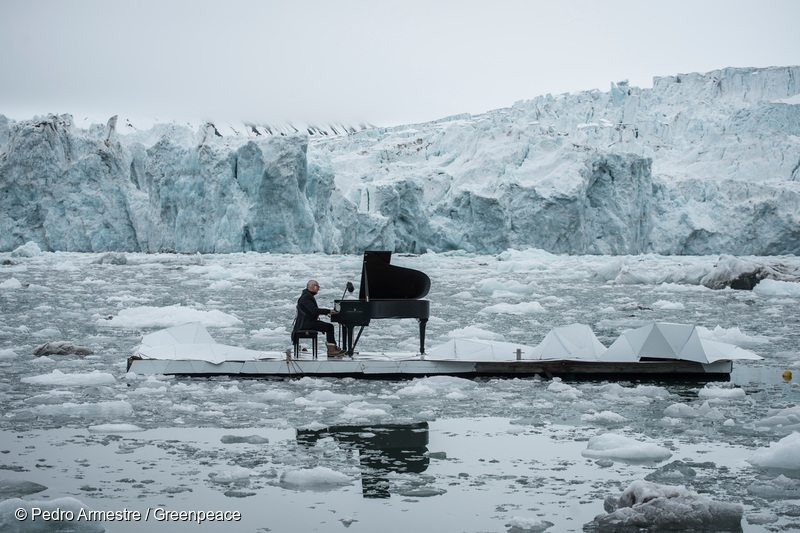A quick Google image search of the Arctic produces breathtaking photos of one of the most impressive triumphs by Mother Earth – larger than life glaciers, northern light displays, pristine wildlife and water so clear it reflects it all.

But the Arctic is more than just a stunning feat of nature – it plays a vital role in keeping our world healthy. The Arctic acts as the Earth’s air conditioner, regulating our climate and circulating the ocean currents. Yet parts of it are melting at an alarming rate due to climate change.
Why does the Arctic play such a big role in our world’s well-being? And what has happened to the Arctic in the last 20 or so years?
What does the Arctic do for the earth?
The health of the Arctic affects every person on this planet. But for some reason, we don’t hear much on the subject. When we talk about the tragedy of the Arctic melting, we aren’t just lamenting the loss of a beautiful piece of our world, we are concerned about our air temperatures, the frequency of severe weather, our global economy and our Arctic animals. That’s because the Arctic plays a critical role in the regulation and health of each of these areas, just take a look:
The health of the Arctic affects every person on this planet. Yet for some reason, we don’t hear much on the subject.
1. Insulating the air
The Arctic Ocean may be cold, but it’s not quite as cold as the winter air. Mother Nature Network explains that sea ice essentially functions as an insulator between the air and the ocean. This effectively puts a limit on how much warmth comes from the ocean which messes with the Arctic’s icy climate.
However, the increasing cracks in the sea ice are allowing heat to escape – warming the overall climate and speeding up the melting of the ice we need.
2. Limiting severe weather
The sea ice in the Arctic limits the amount of moisture that enters our atmosphere. By doing so, it’s much more difficult for strong storms to form. When our sea ice vanishes, there is no more barrier. As such, ocean waves swell and extreme storms take place without much difficulty.
According to the National Snow & Ice Data Center, the recent decline in sea ice has made massive storms and sea waves much more common causing coastal erosion to threaten some communities.
In the last 30 years alone, a whopping 75 per cent of the summer sea ice volume has vanished.
3. Maintaining economic stability
When all of the above outcomes start taking place, the global economy will begin to feel the Arctic’s wrath. The global agriculture industry will take hits due to the massive changes in global precipitation patterns. Whole crops will potentially become non-yieldable meaning produce prices will skyrocket and sales will decline. Insurance industries across the world will see a spike in payouts for losses due to extreme weather events. Just to name a few.
What shape is the Arctic in today
From what we learned above, the arctic is essentially the world’s air conditioner. However, it’s not going to be able to function that way much longer. In the last 30 years alone, a whopping 75 per cent of the summer sea ice volume has vanished. The Arctic is now warming twice as fast as the rest of the world.
The Arctic functions as the world’s lens into climate change. It’s one of the few places where you can truly see the immediate effects of global warming, explains the World Economic Forum (WEF).
“With sea ice, we can actually see the physical change in the Earth’s system. Less than 50 years ago the Arctic Ocean was a frozen cap with only a marginal melt around the edges; fast forward to today, and anyone can see the difference,” explains WEF.
“The top of the Earth is now a deep blue rather than white. Shrinking sea ice is a warning that the effects of global warming will be large-scale and tangible.”

What can you do?
As with all of our global issues, there is always something to be done. We don’t need to take the death of the Arctic sitting down – and, to be frank, we really can’t afford to.
For years, Greenpeace has been working to stop the destruction of one of the world’s most precious resources. We’ve had some major wins but there’s more work to be done and we need your help. Ask not what the Arctic can do for you but what you can do for the Arctic – donate to our Greenpeace Arctic campaign today.


